It was a thrill to be inducted on August 3rd into the RV/MH Hall of Fame in Elkhart, Indiana. At the banquet, during my remarks, I noted that I wanted to tell a story, but three minutes were not enough to do the story justice. It’s a story that is historically accurate, ironic, and ends with a “what if.”
The story is about a particular day in history, Friday, December 5, 1947. The story relates to the founding of the Iowa Manufactured Housing Association, or the Iowa Trailer Coach Association, as it was known then. Finally, the story is also about another event which happened on the same day in Des Moines, Iowa.
I’ve always imagined that a few of the industry leaders in Des Moines left their attorney’s office on December 5th, 1947 and headed to the Secretary of State’s office to file the articles of incorporation for the founding of the association. I’m thinking that because it seems people were a bit more formal in those days. If you look at some of the photos of early association meetings, all the men wore suits. The women wore their best outfits, and all wore hats, as did many of the men. I don’t see these guys and gals just mailing in the articles of incorporation. Founding an association is a big deal. It’s a serious commitment. You personally take those papers to the filing site. At least you would have in 1947.
What would our industry leaders have been talking about as they made their journey and waited around for the articles to be filed? The big event that Friday night was the heavy weight boxing championship between Champion Joe Lewis and challenger Jersey Joe Walcott. How do I know it was a big event? Reading the Des Moines Register of December 6th, 1947, the story was on page one of the paper, not the sports section, but the main section of the paper, above the fold, in large type, the size you see when a war is declared. Of course, there was additional coverage in the sports section as well. As it turned out, Lewis retained his title in a 15 round split decision, even though Walcott put Lewis on the canvas in two different rounds. The crowd in New York booed the decision. Sportswriter Grantland Rice called it the weirdest decision he’d seen in 40 years of covering boxing.
The Lewis-Walcott fight is the perfect metaphor for our industry. We’ve always been the underdog!
What was going on in Des Moines, Iowa on December 5, 1947? Many things, but here’s the beginning of the irony. A meeting of building officials and inspectors from around the state was occurring in Des Moines on that December 5th. The keynote speaker was Bernard A. Savage, a former building code director for New York City. Savage had left to take a job with Celotex, a building materials company. But Savage had not lost interest in public policy. He was also serving as Executive Director of the Building Officials Foundation.
His speech was highly critical of building codes. Savage called most codes obsolete and too costly. He said most local codes were too padded in favor of materials dealers and labor unions.
And here’s where the story gets really interesting, and the irony comes into clear focus. Savage revealed that his Building Officials Foundation had drafted a basic building code: “It is based on performance qualifications for materials. Most codes today are of a specification type. The codes are outdated by new materials almost as soon as they are written.” Savage went on to say that “prefab houses and new materials are outlawed because they do not meet specifications in the codes.”
Savage concluded his speech by recommending that performance codes be adopted all across America…drafted by a non-political body.
As we all know, the site built industry and local building code officials did not listen to Bernard A. Savage in 1947. I’m sure he made the same speech many times across the country.
The ultimate irony is that Savage’s vision came to fruition 27 years later when Congress passed the law creating the HUD building code in 1974, and the code became effective in 1976. The code was largely lifted from the American National Standards Institute Code (ANSI), a voluntary building code, which industry leaders, with the assistance of ANSI, had crafted earlier.
Richard A. Mendlen, who became the first government official to be inducted into the RV/MH Hall of Fame on August 3rd, verified the importance of the ANSI code, estimating that the ANSI code and the National Fire Protection Association Code accounted for 75% of what became the initial HUD code. The last 25% of the code didn’t come easily, taking almost two years to finish. Mendlen knows. He was the HUD Deputy Secretary in charge of getting the HUD code written. And, to complete the story, the manufactured housing code is the performance code that Savage so wanted the site built industry and all builders to use. It would be interesting to know how the industry arrived at using a performance code when working with ANSI.
Finally, the “what if” to this story is what would have happened if the site built code had become the first performance code? Would our industry have adopted the same code? If so, would our homes have been accepted more readily by government officials?
The answer to this question cannot be known for sure.
What is certain is that this industry has been blessed by many innovative and visionary leaders who have been quick to meet most challenges. Savage’s vision is still to be realized for the full building industry. ##
 Joe Kelly was recently inducted into the RV/MH Hall of Fame, read more about that event, here.
Joe Kelly was recently inducted into the RV/MH Hall of Fame, read more about that event, here.





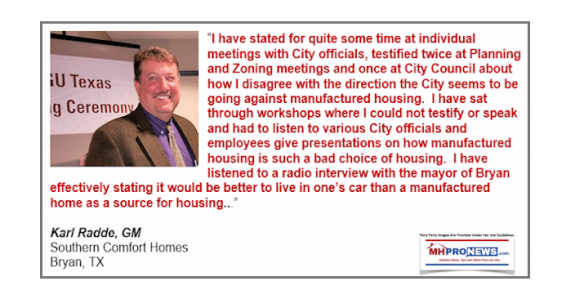
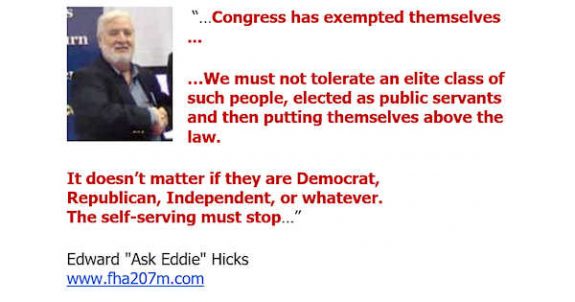
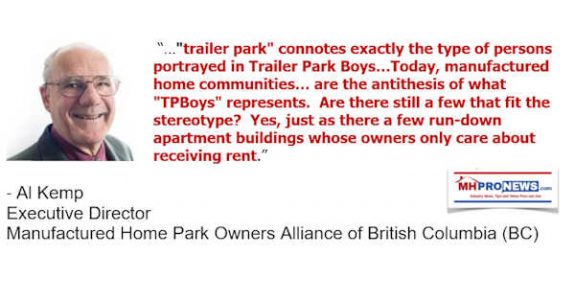
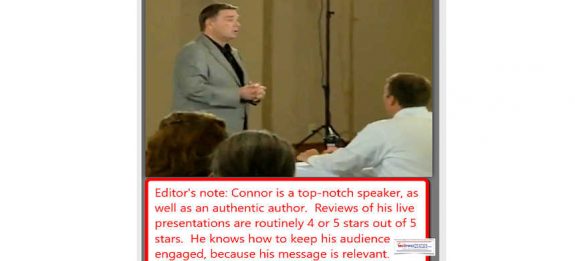
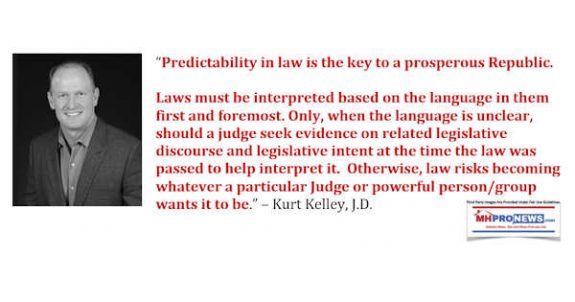

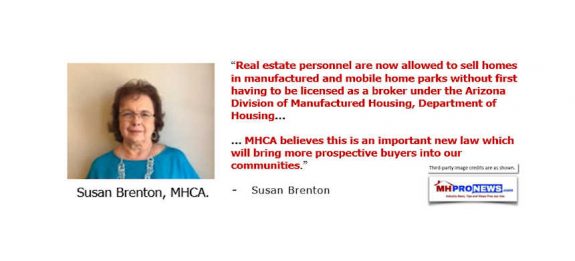
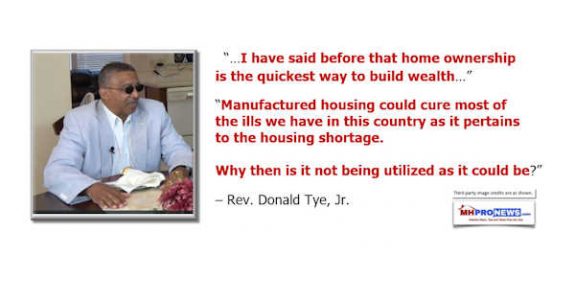
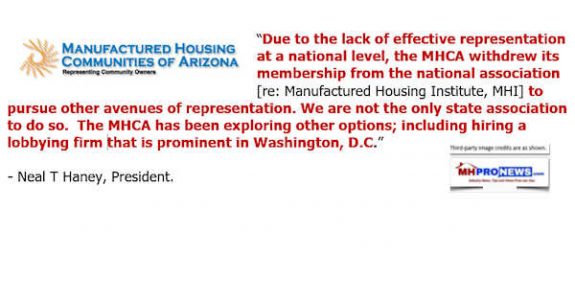

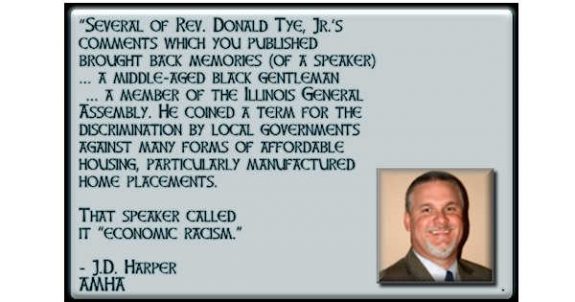
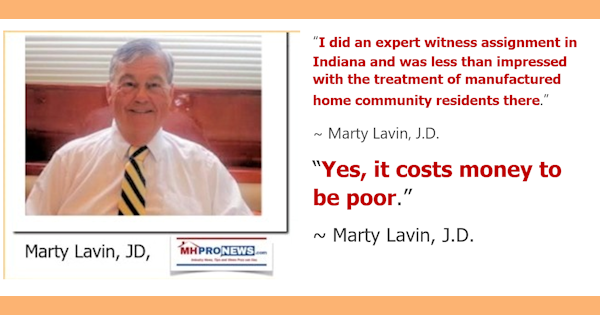
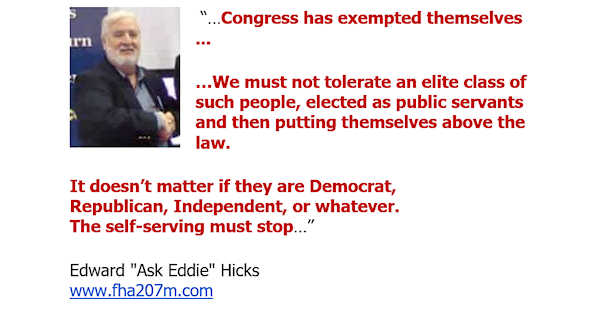
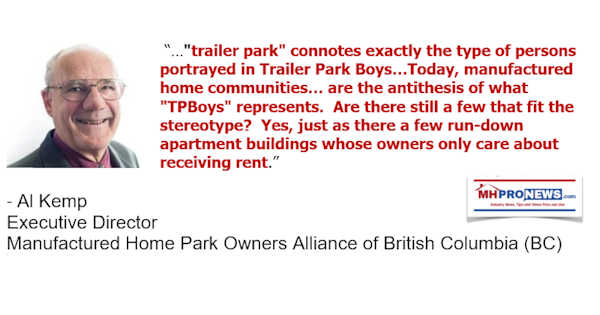
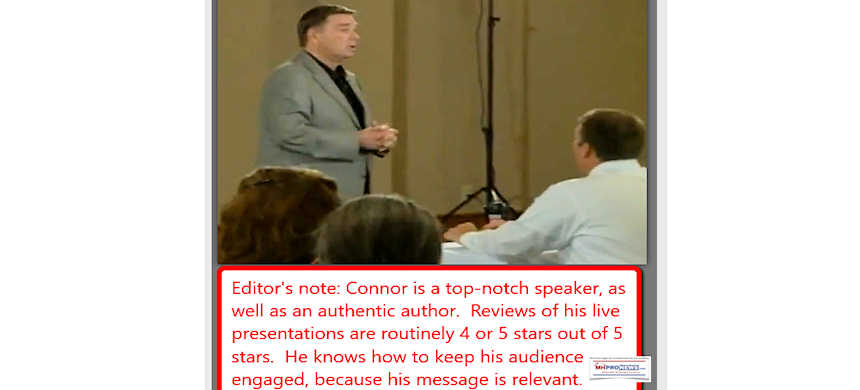
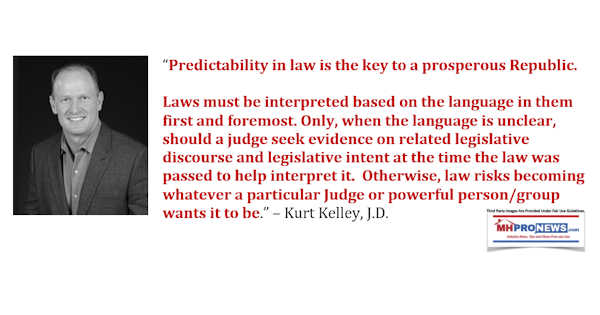

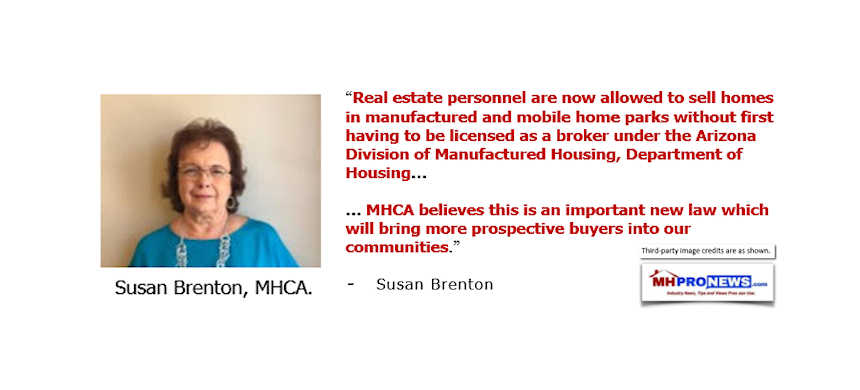
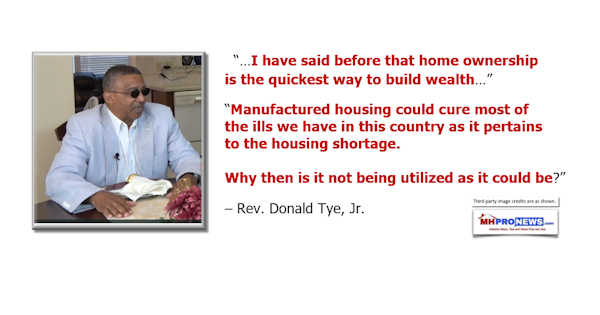
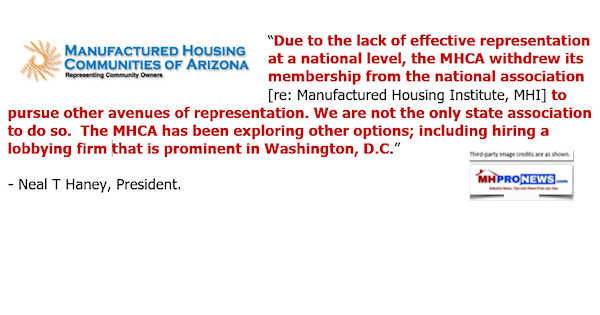

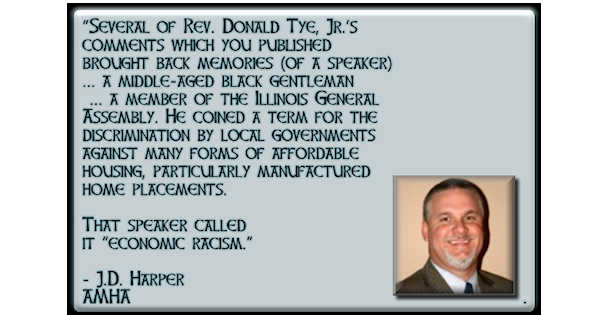
Karl Radde – TMHA, MHI, Southern Comfort Homes – Addressing Bryan City Leaders, Letter on Proposed Manufactured Home Ban
To All Concerned [Bryan City Officials, Others]: As the retail location referenced by Mr. Inderman, I would like to take a moment to address the …